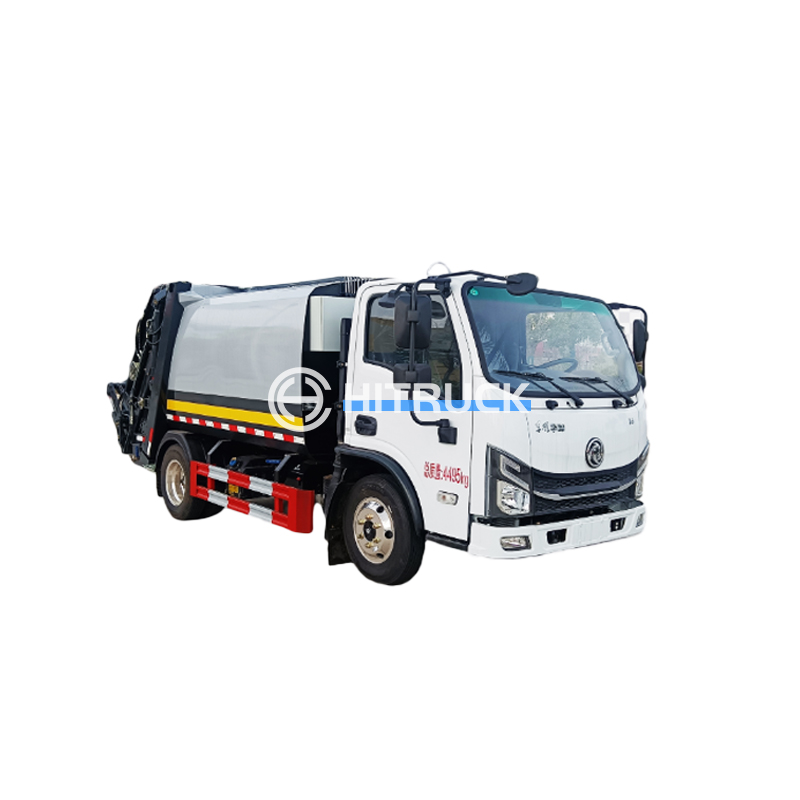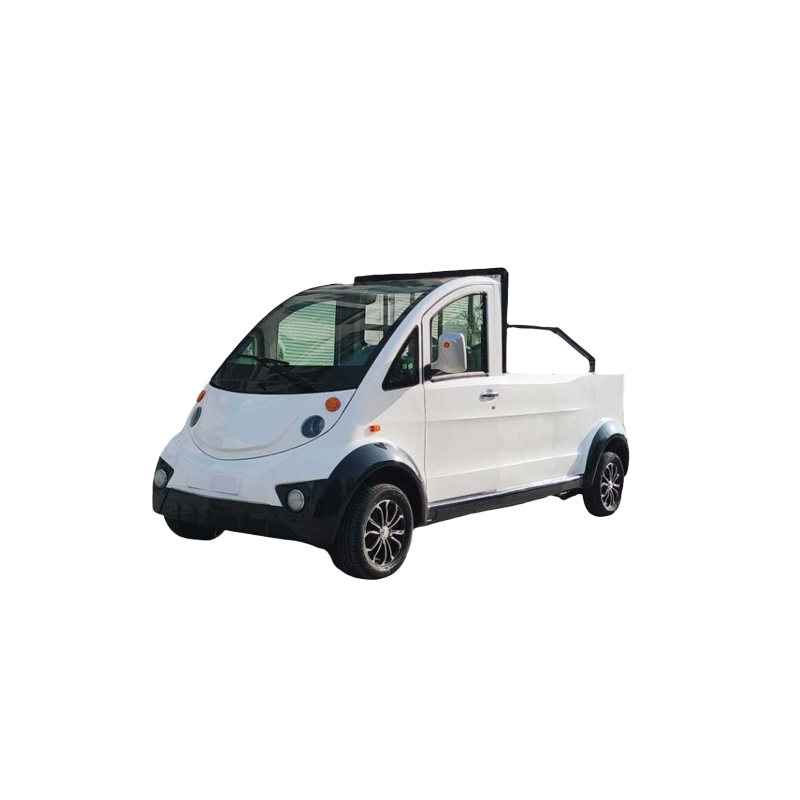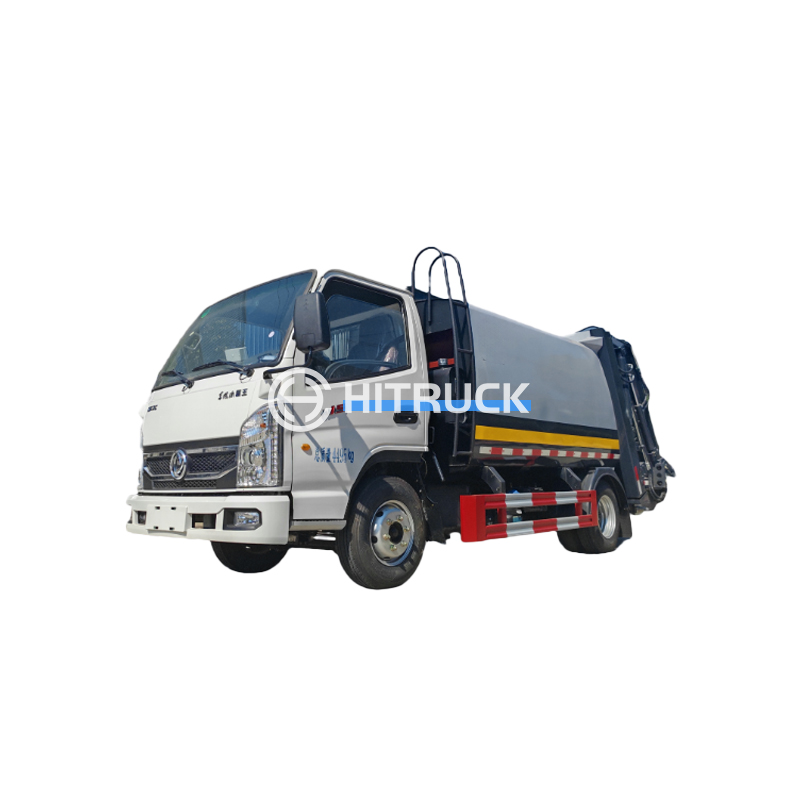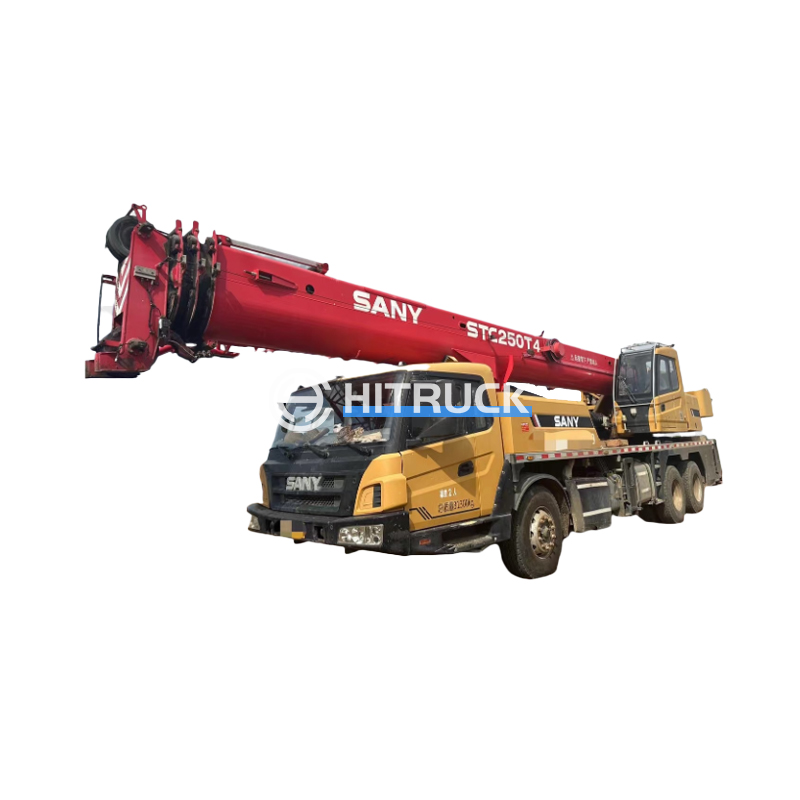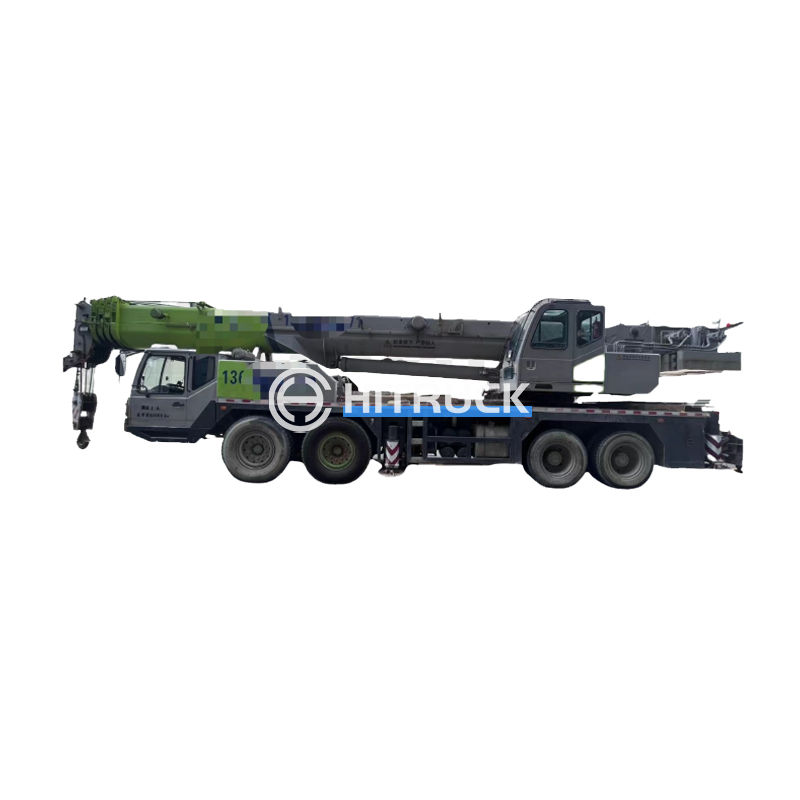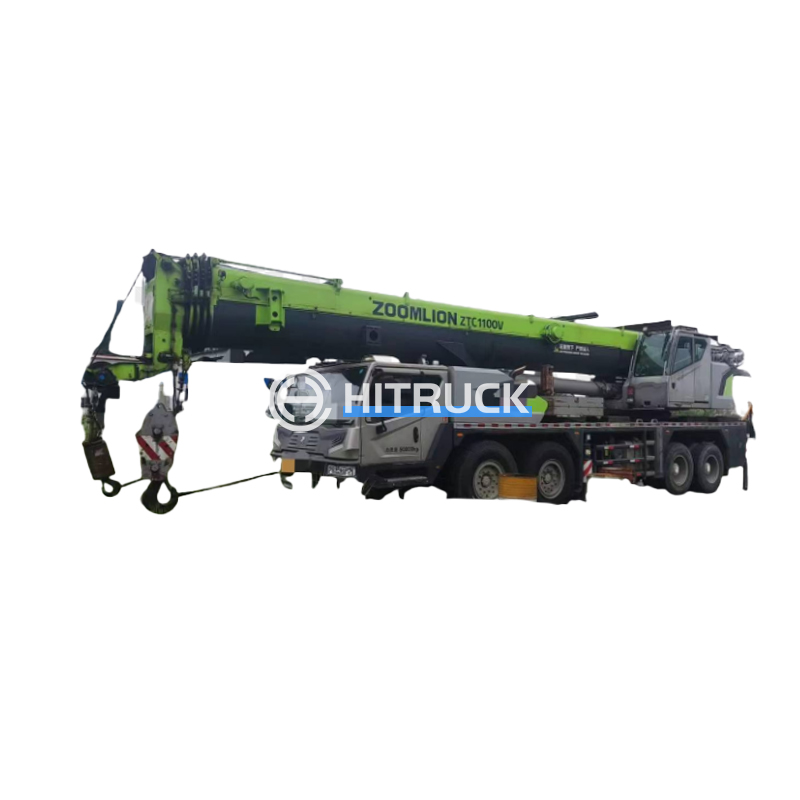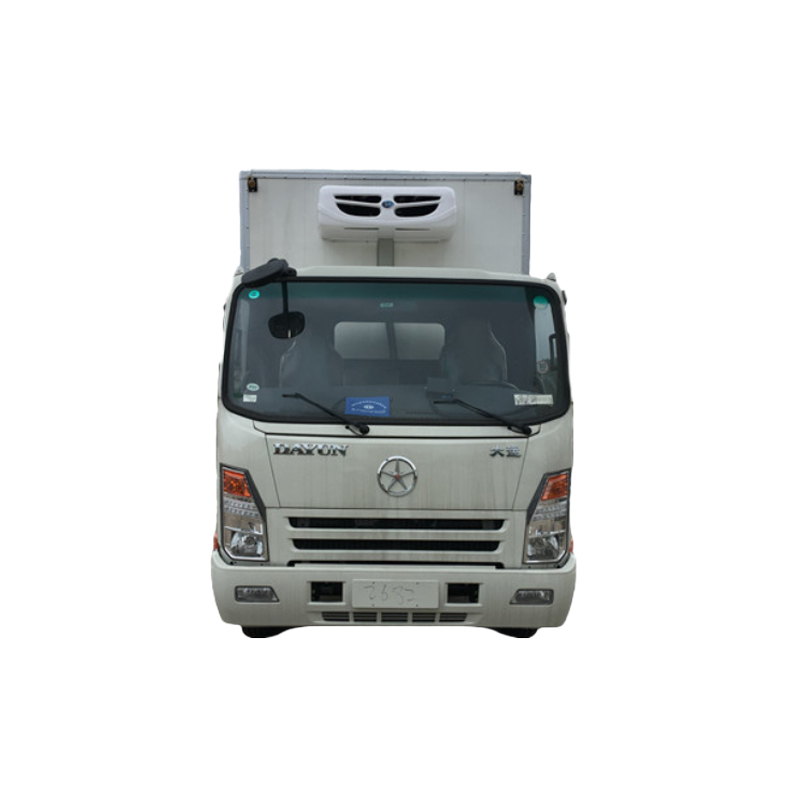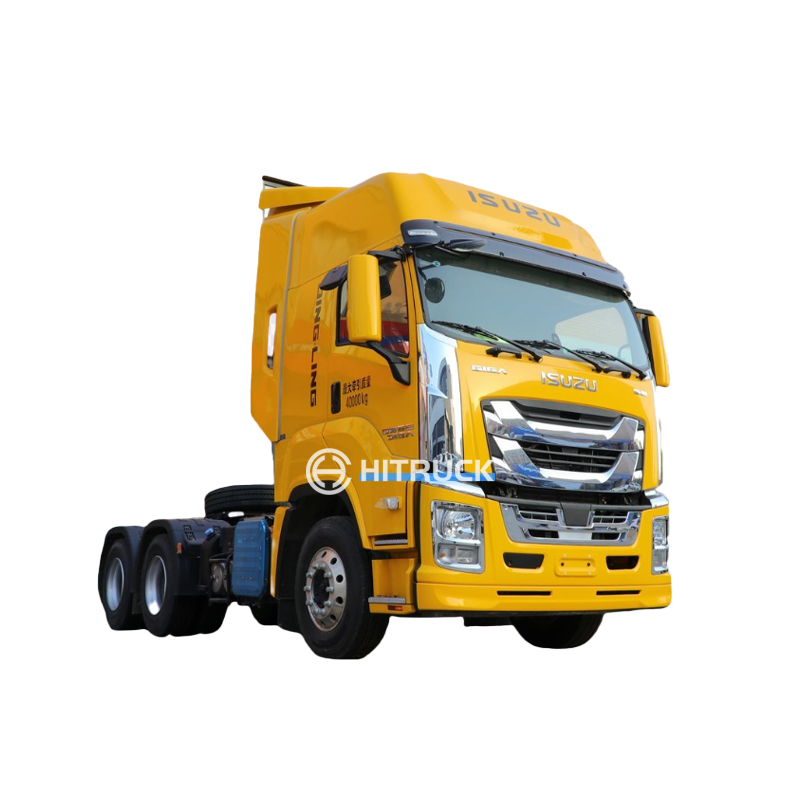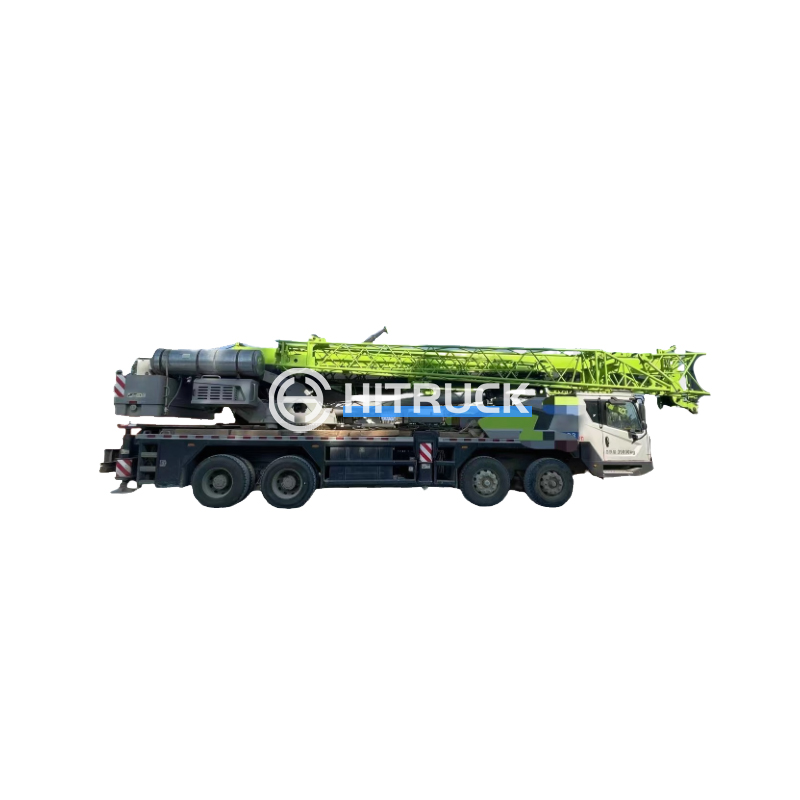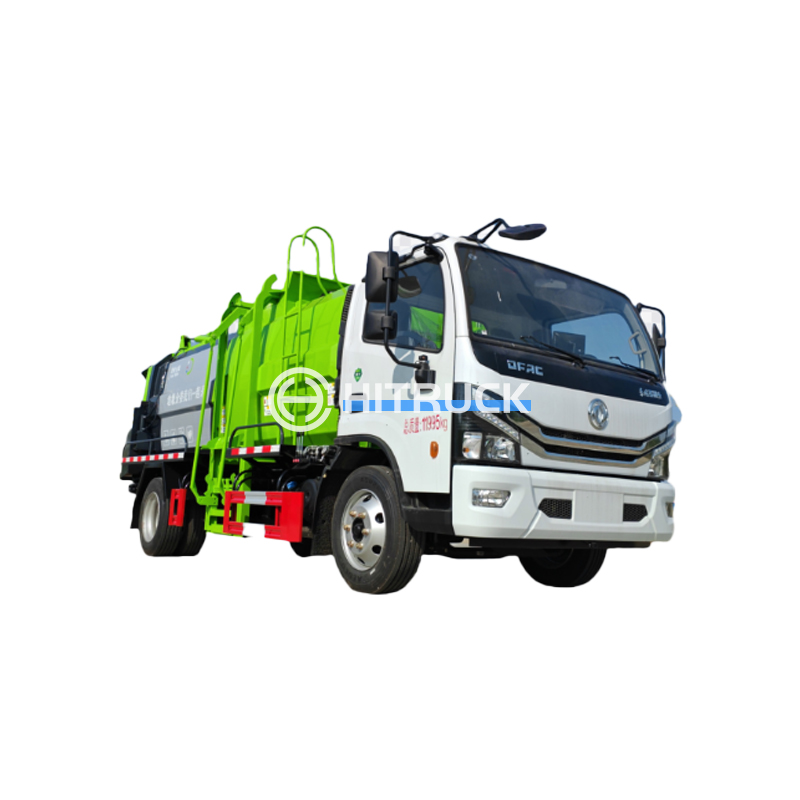This comprehensive guide explores the world of boom cranes, covering their types, applications, safety considerations, and selection process. Learn about the different types of boom cranes, their advantages and disadvantages, and how to choose the right one for your specific needs. We'll also delve into safety regulations and best practices for operating these powerful machines. This guide is designed for anyone involved in lifting operations, from construction professionals to rental companies.
Telescopic boom cranes are characterized by their ability to extend and retract their booms by telescoping sections. This design offers flexibility and reach, making them suitable for a wide range of lifting tasks. They are commonly used in construction, infrastructure projects, and industrial settings. Their compact nature when retracted makes them easy to transport and maneuver on site. However, the telescoping mechanism can be susceptible to wear and tear over time.
Lattice boom cranes have a boom constructed from a series of interconnected lattice structures. These cranes are known for their high lifting capacity and ability to handle heavy loads. The lattice design provides exceptional strength and rigidity, making them ideal for large-scale construction projects and heavy-duty lifting applications. While offering greater lifting power, lattice boom cranes are typically larger and more complex to operate and transport than telescopic boom cranes. They require more space for setup and operation.
Knuckle boom cranes feature a segmented boom with multiple hinged sections, allowing for a greater range of motion and the ability to reach confined spaces. Their compact design and maneuverability make them popular choices for applications where access is restricted. These cranes are often found in industries such as landscaping, tree service, and utility work. However, the multiple hinges can introduce some degree of instability compared to telescopic or lattice boom cranes.
Selecting the appropriate boom crane requires careful consideration of several factors. These include:
It's crucial to consult with experienced professionals and consider the specific requirements of your project to ensure you choose a crane that meets your needs. Incorrect selection could lead to safety risks and operational inefficiencies.
Safety should always be the top priority when operating a boom crane. This includes:
Regular maintenance and inspection are crucial for ensuring the safe and efficient operation of boom cranes. This involves regular checks of all components, including the boom, hoisting mechanism, and control systems. Any necessary repairs or replacements should be carried out by qualified technicians. Failure to properly maintain a boom crane can lead to malfunctions, accidents, and costly downtime.
For your boom crane needs, consider exploring reputable suppliers and rental companies. For high-quality and reliable options, check out resources like Suizhou Haicang Automobile sales Co., LTD which offers a wide range of heavy machinery solutions. Remember always to prioritize safety and proper training when selecting and operating a boom crane.
Disclaimer: This article provides general information and should not be considered professional advice. Always consult with qualified professionals for specific guidance related to boom crane operation and safety.

